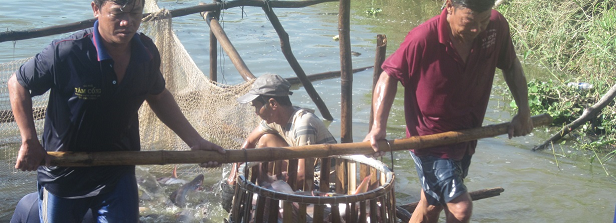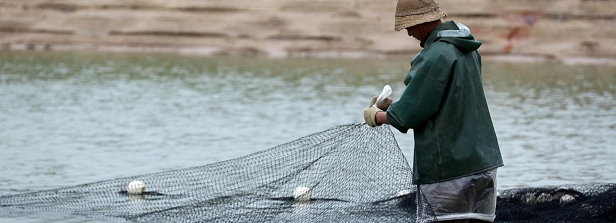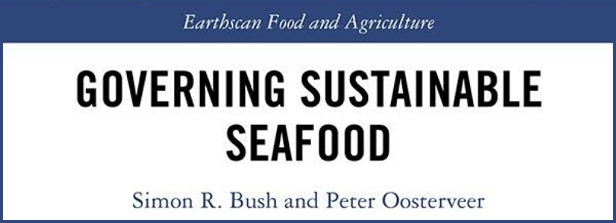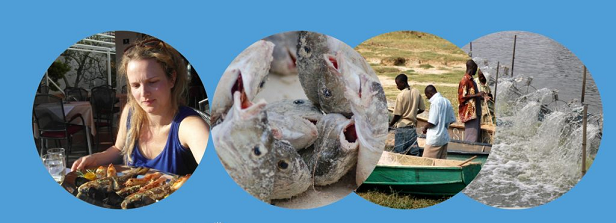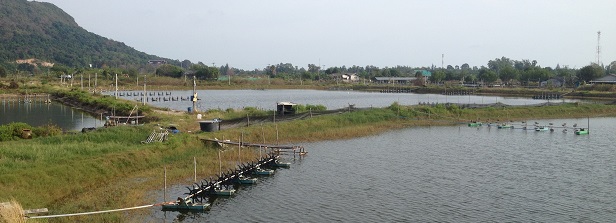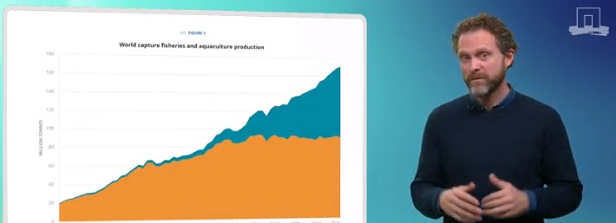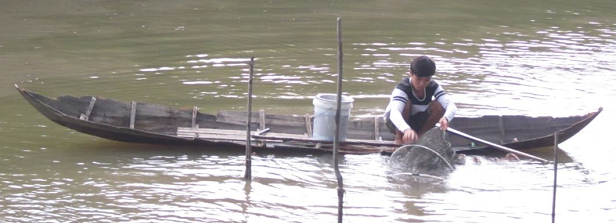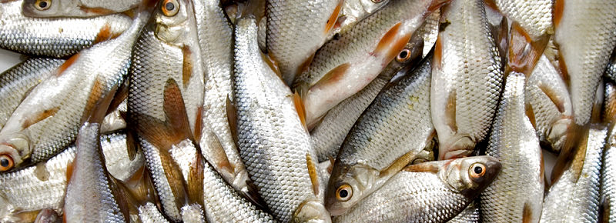Governing aquaculture in coastal landscapes Southeast Asia (SUPERSEAS)
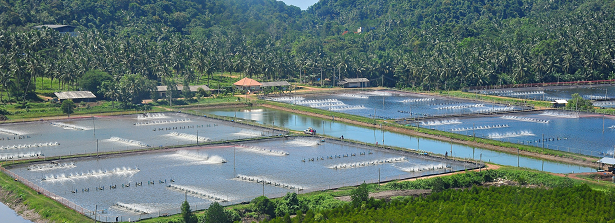
Duration: 1 January 2016 – 31 December 2020
Project information
Aim: Coastal aquaculture in Southeast Asia affects resources and communities across coastal landscapes, but environmental management only focuses on the farm level. This project determines how aquaculture farmers can improve their environmental and social performance by scaling up management to beyond the farm and what market and financial support they can receive for doing so.
Objective: The overall objective of the project is to improve the design of area-based management (ABM) for aquaculture production in order to reduce the social and environmental risks associated with smallholder aquaculture, and improve the terms under which smallholders are incorporated in domestic, regional and international retail-led value chains. How these economic and environmental risks underlie the conditions under which smallholders, including women and other vulnerable groups can derive benefits, including livelihood and food security from participation in regional trade, is the central question leading on from this objective.
Method: The research is structured around three PhD students working in a series of (proposed) cases in Thailand, Vietnam and Bangladesh. The research pilots inclusive ABM business models in the three countries using an action research framework. These models are assessed through a list of quantitative and qualitative metrics developed in collaboration with companies, certifiers, and researchers from different disciplines; including indicators of value chain performance, smallholder inclusiveness, stability of trade relationships, and environmental impact. Metrics are generated for food security, as a cross-cutting theme of the project. Finally, a typology of business models and agro-ecological environments will be developed, as well as finance and risk transfer designs accustomed to the ABM context. Species, countries and business-models will be compared. The result of the project will include a set of best practices for ABM and certification.
Countries: Thailand, Vietnam and Bangladesh.
Dutch policy goals: Inclusive business models for food security; and Regional trade for food security.
Progress reports
Year 1: Southeast Asia’s aquaculture industry is strongly related to the environment within which it is practiced. This has led to a range of a series of production risks that threaten the capacity of the industry to maintain current levels of output. To overcome these production risks the SUPERSEAS team has assessed the potential for market-led area-based management of aquaculture. In particular we have found potential for linking area based approaches to insurance, finance, value chain contracts and certification. The success of these area based approaches appears to be dependent on the cooperation between farmers to improve the availability of information on production and promote risk transfer in the value chain and different types of formal and informal insurers.
Summary mid-term review: Southeast Asia’s aquaculture industry is strongly related to the environment within which it is practiced. This has led to a range of a series of production risks that threaten the capacity of the industry to maintain current levels of output. To overcome these production risks the SUPERSEAS team has assessed the potential for market-led area-based management of aquaculture. In particular we have found potential for linking area based approaches to insurance, finance, value chain contracts and certification. We have also found evidence of the considerable variation in the types of area based approaches in Southeast Asia, including both state and private sector led forms of area based management. This variation is indicative of the increasing attention being given to the management of aquaculture beyond the farm scale. The success of these area based approaches appears to be dependent on the cooperation between farmers to improve the availability of information on production and promote risk transfer in the value chain and different types of formal and informal insurers.

